How much does house cladding cost and is it cheaper than render? Material costs compared, plus expert advice
House cladding isn't cheap, so which type can you afford, and which offers the best value for money?
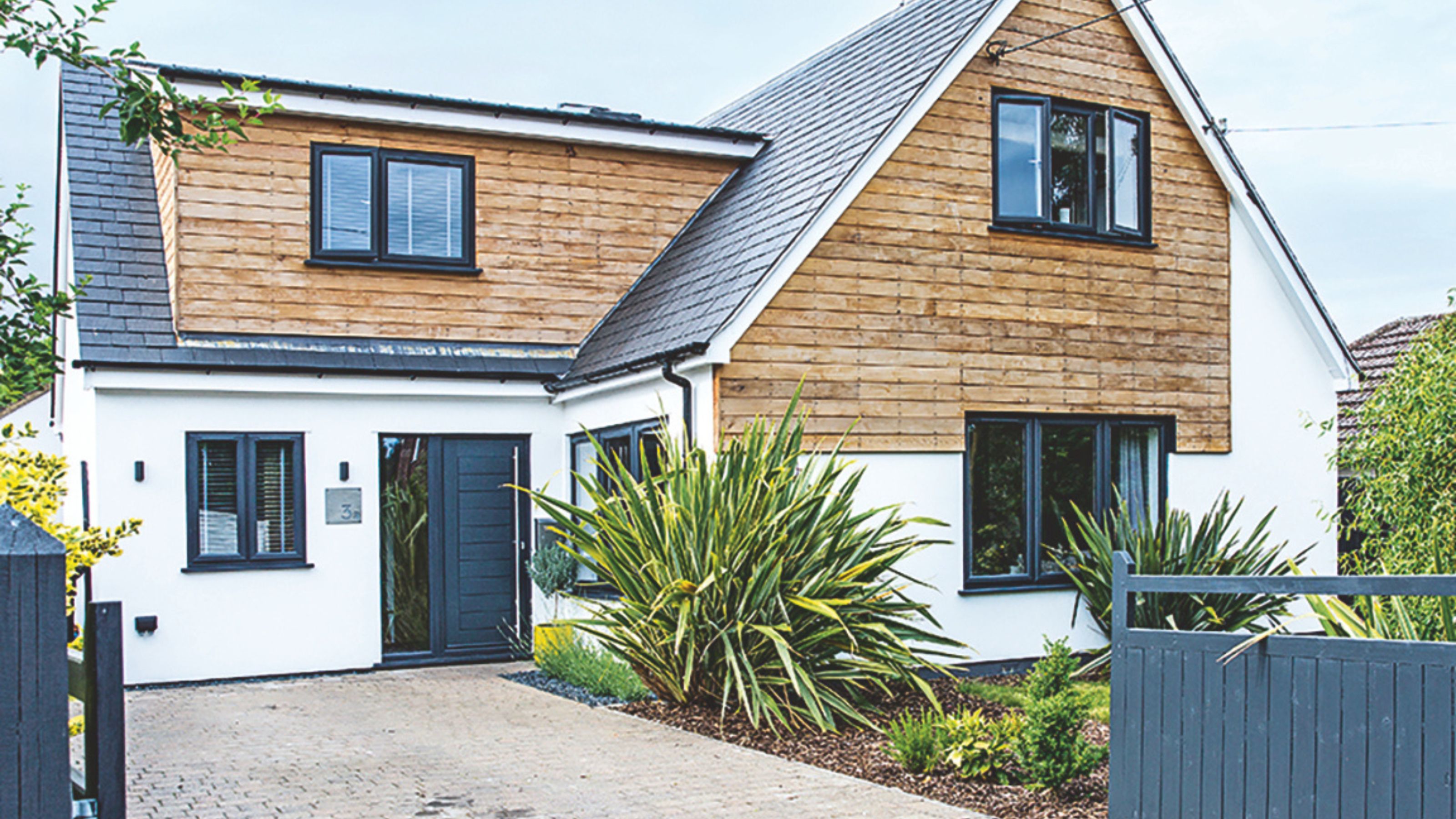
Cladding is an especially underrated, but incredibly important, element of any house design project. It will be instrumental in how your house is perceived and how it ages in time. But how much does house cladding cost and how can you make sure you are getting value for money?
Understanding the different types of exterior cladding, their pros and cons and associated costs is crucial so you can ensure you achieve the finish you’re looking for, rather than having to compromise when it comes to budget.
However, the price of the cladding itself shouldn't be the only cost considered. Installation difficulty, ongoing maintenance fees, and lifespan all need to be factored into your calculations so that you spend your money wisely.
How much does house cladding cost?
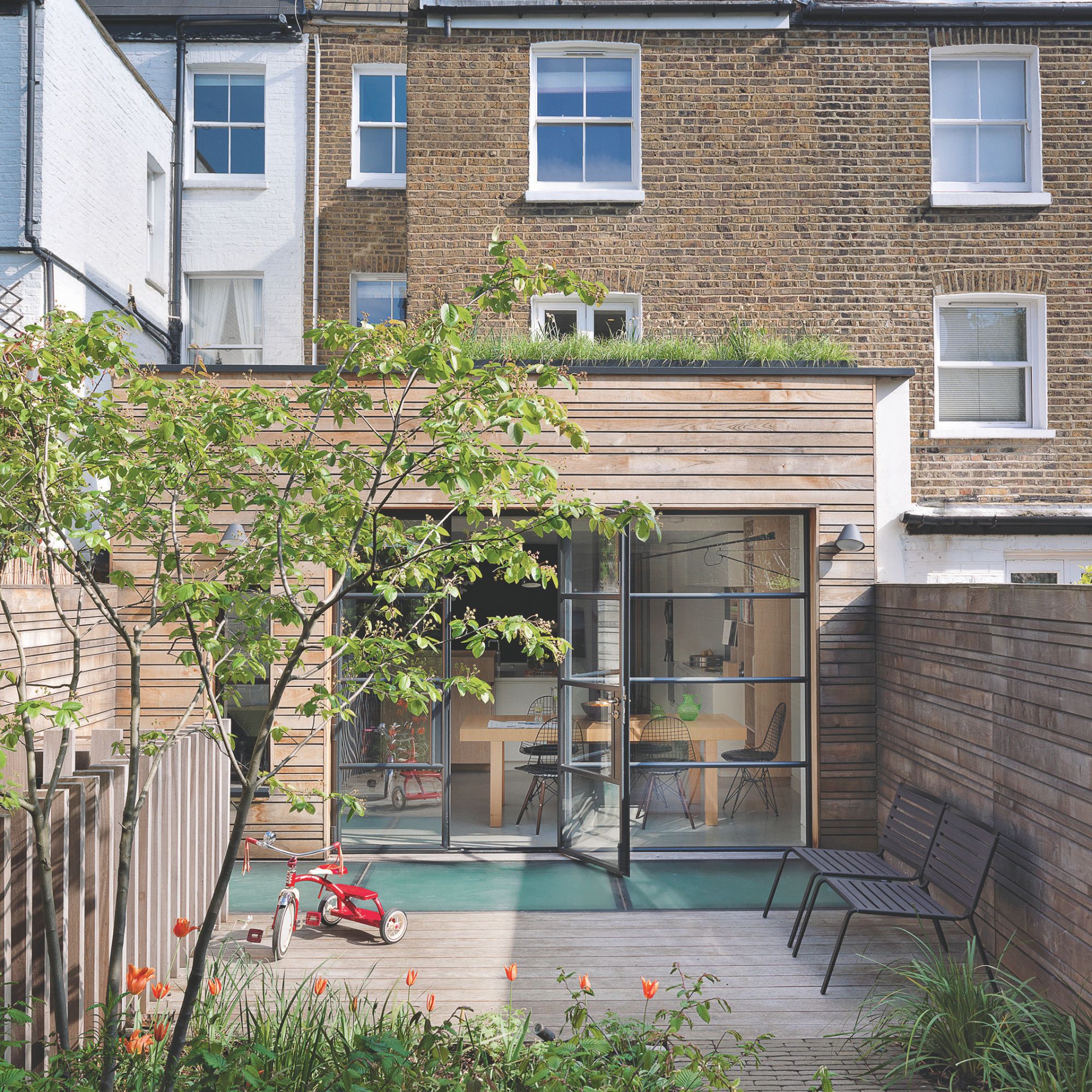
If you're looking to refresh your home's exterior, the type of cladding you choose will take up a large chunk of your budget, and so it's a good idea to have an estimate of how big the area you're looking to cover is.
Also, if you’re enticed by a certain type of more expensive cladding, remember that you can mix and match styles; this often creates a more interesting house aesthetic.
We've broken down the prices of the most popular cladding types:
PVC
- Material cost: £20/m2
- Installation: Extremely easy to DIY install
- Maintenance: Very low — a quick clean with a pressure washer will keep it looking its best
- Lifespan: 25+ years — better quality cladding will be more resistant to UV and degradation
Timber
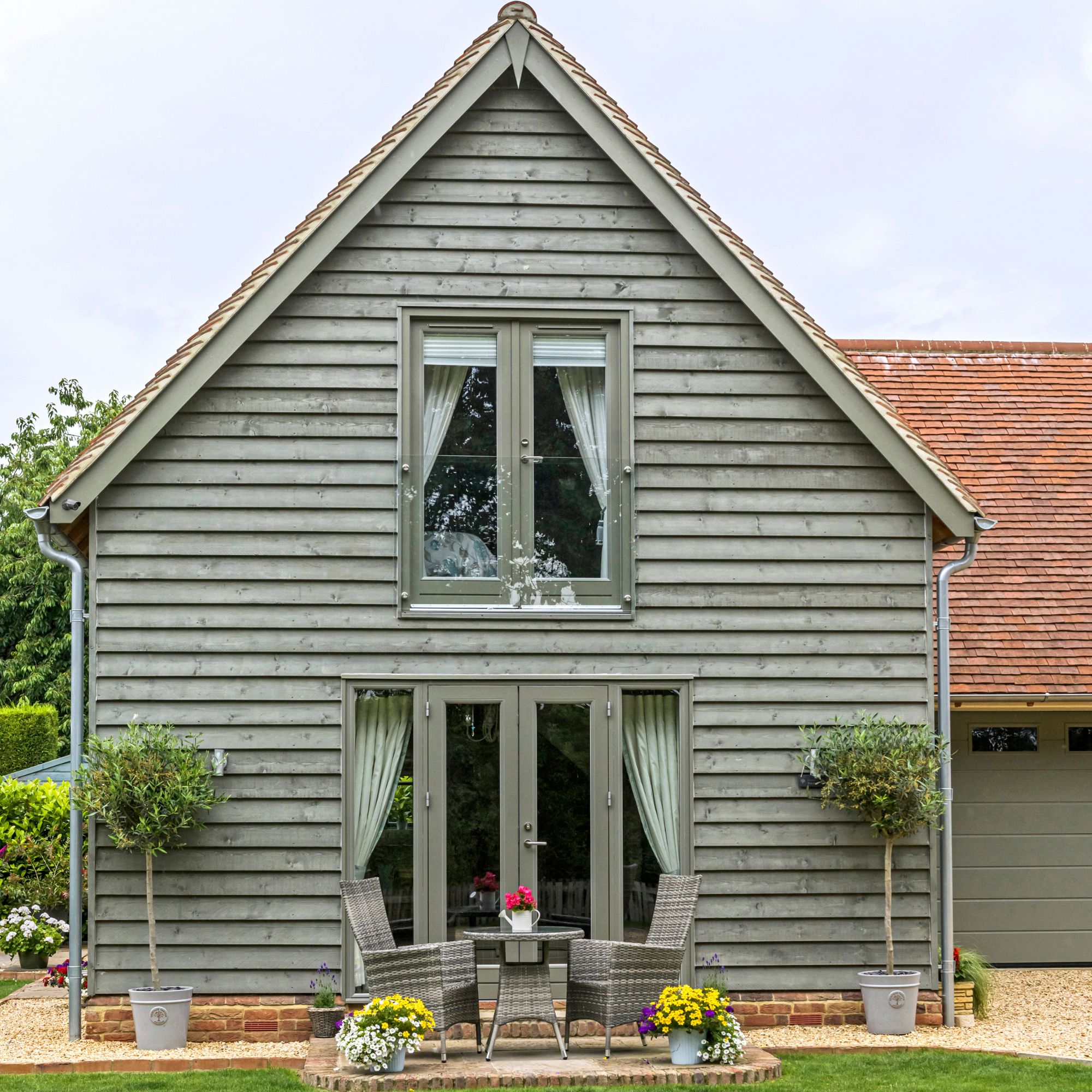
- Softwood cost: £24/m2
- Hardwood cost: £45/m2+
- Installation: Simple to install on a DIY basis, with the right equipment
- Maintenance: Regular maintenance required, including sanding and repainting/varnishing every 2-5 years
- Lifespan: 60+ years (well maintained hardwood can last an extraordinarily long time, so offers great value for money)
Fibre cement
- Material cost: £35/m2
- Installation: Relatively tricky to install, so best left to professionals
- Maintenance: Very low — use soapy water for a quick clean when required and avoid pressure washers
- Lifespan: 45+ years
Brick
- Brick: £40/m2
- Brick slips: £35/m2
- Installation: Both bricks and brick slips can be installed by a competent DIYer, but to get a good finish a professional might be required. Brick slips weigh significantly less and can be installed at a much faster rate, which would bring fees down
- Maintenance: Minimal — the mortar around the brick might need repointing every 30 or so years
- Lifespan: 100+ years
Composite
- Material cost: £40/m2
- Installation: Can be installed on a DIY basis
- Maintenance: Very low and can be cleaned using a pressure washer
- Lifespan: Around 25 years
Stone
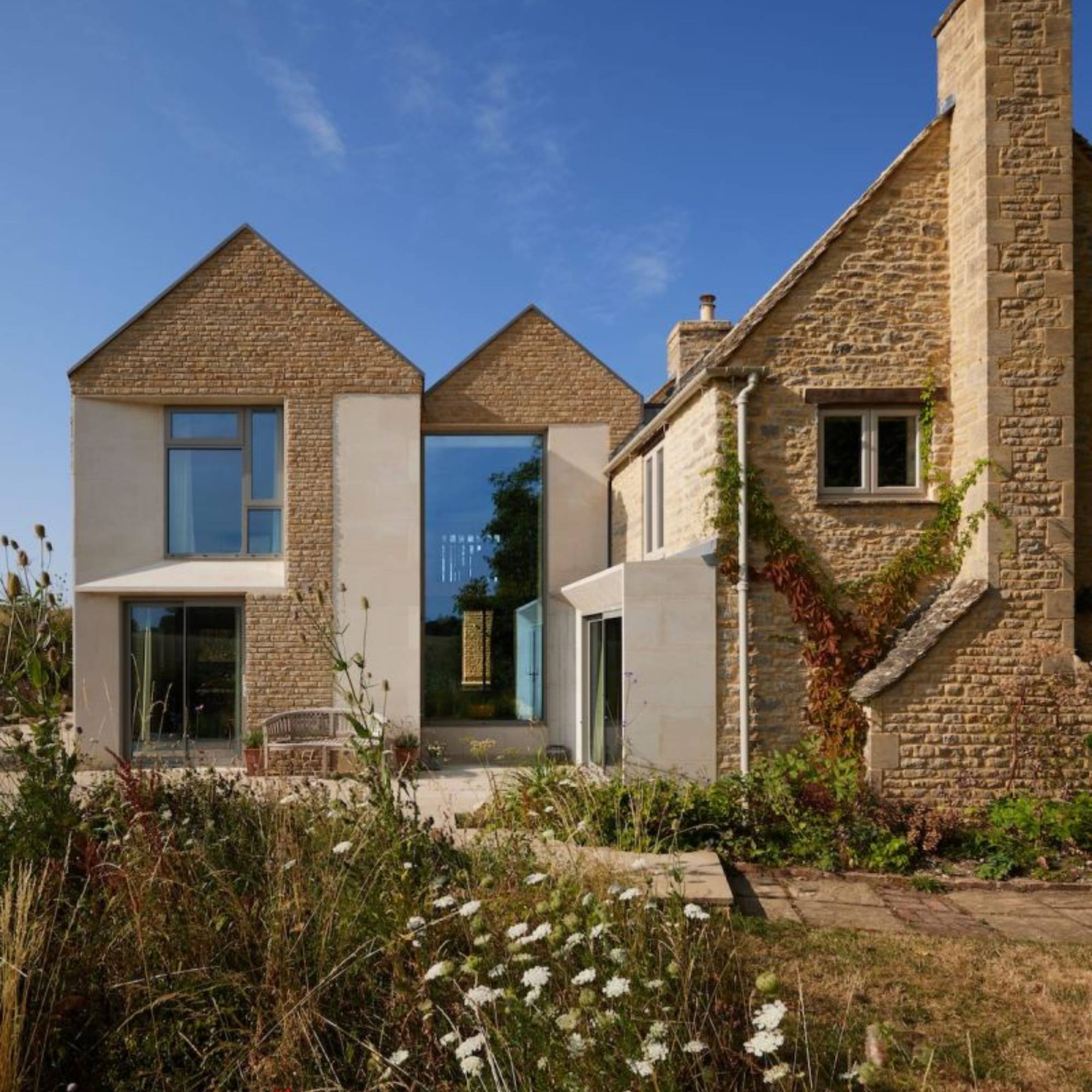
Old and new converge on this large two-storey extension as ashlar (the paler sections) and rubble (the rough, traditional sections) stone are combined.
- Whole stone: £150/m2
- Stone slips: £60/m2
- Installation: Can be done DIY, but might require specialist tools. For best results and experienced professional will be required
- Maintenance: Very low, but might need repointing every 30 years
- Lifespan: 100+ years
Zinc
- Material cost: £150/m2+
- Installation: Zinc cladding installation is absolutely best done by a professional, especially standing seam or other complex designs
- Maintenance: Very low — mild detergents are useful for stubborn dirt but pressure washers should be avoided, even in hard to reach areas
- Lifespan: 60+ years
What factors affect the cost of your house cladding?
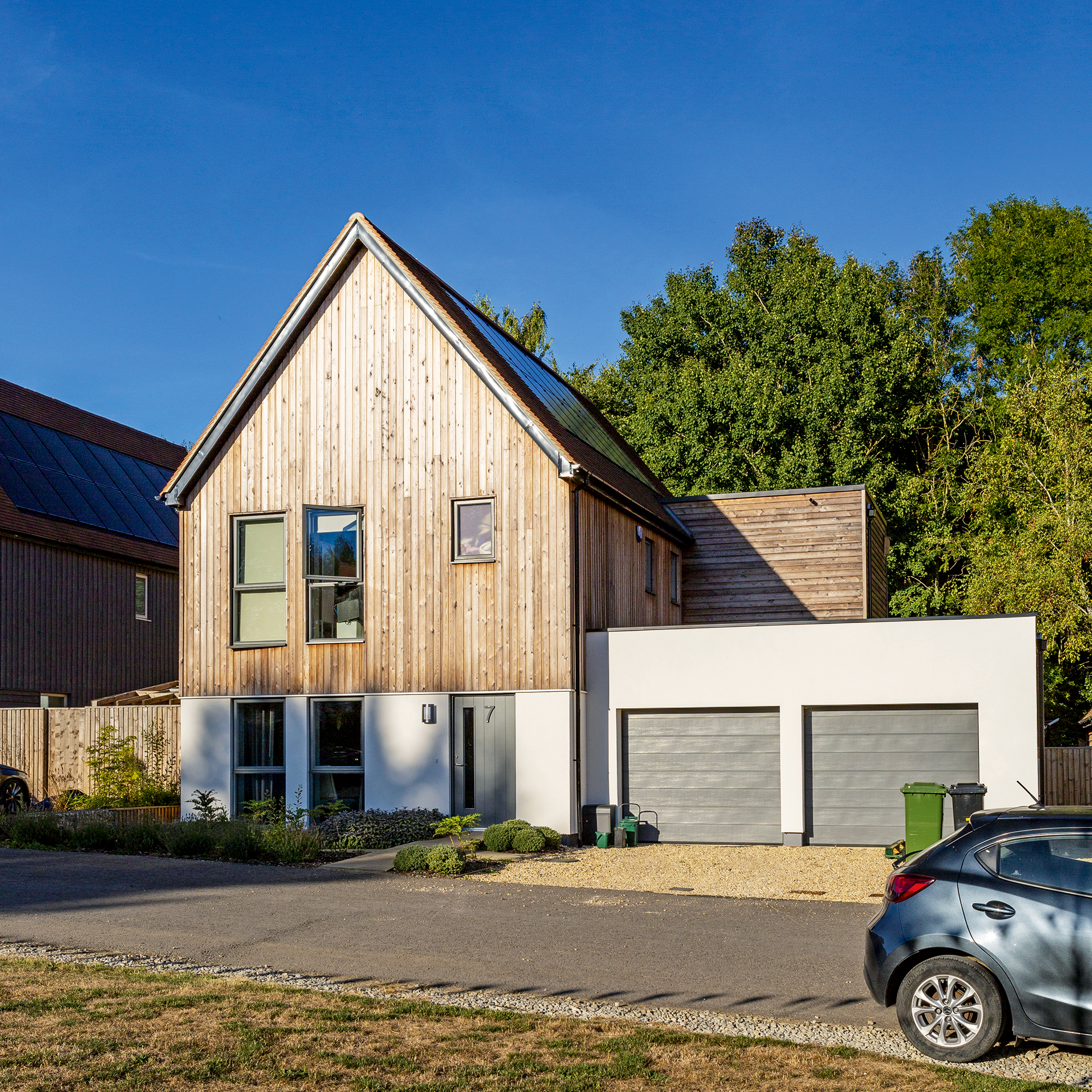
There are other factors which should be considered when choosing the right cladding for your home and budget, which could swing the choice one way or the other.
Sign up to our newsletter for style inspiration, real homes, project and garden advice and shopping know-how
The size of your property, for one, will be a fundamental consideration. If you’re only looking to clad a small side extension, perhaps a more lavish splurge on high-end cladding can be budgeted for, but when you’re cladding a whole house, these costs can quickly spiral out of the range of affordability.
The complexity of the installation and the equipment required for it (such as specialist membranes, battens, fixings, tools) should also be totted up.
For professionals to take on the task, get at least three quotes before you make a decision and if the cladding is especially unusual or rare (such as zinc or copper), ensure they are experienced and have examples of previous work.
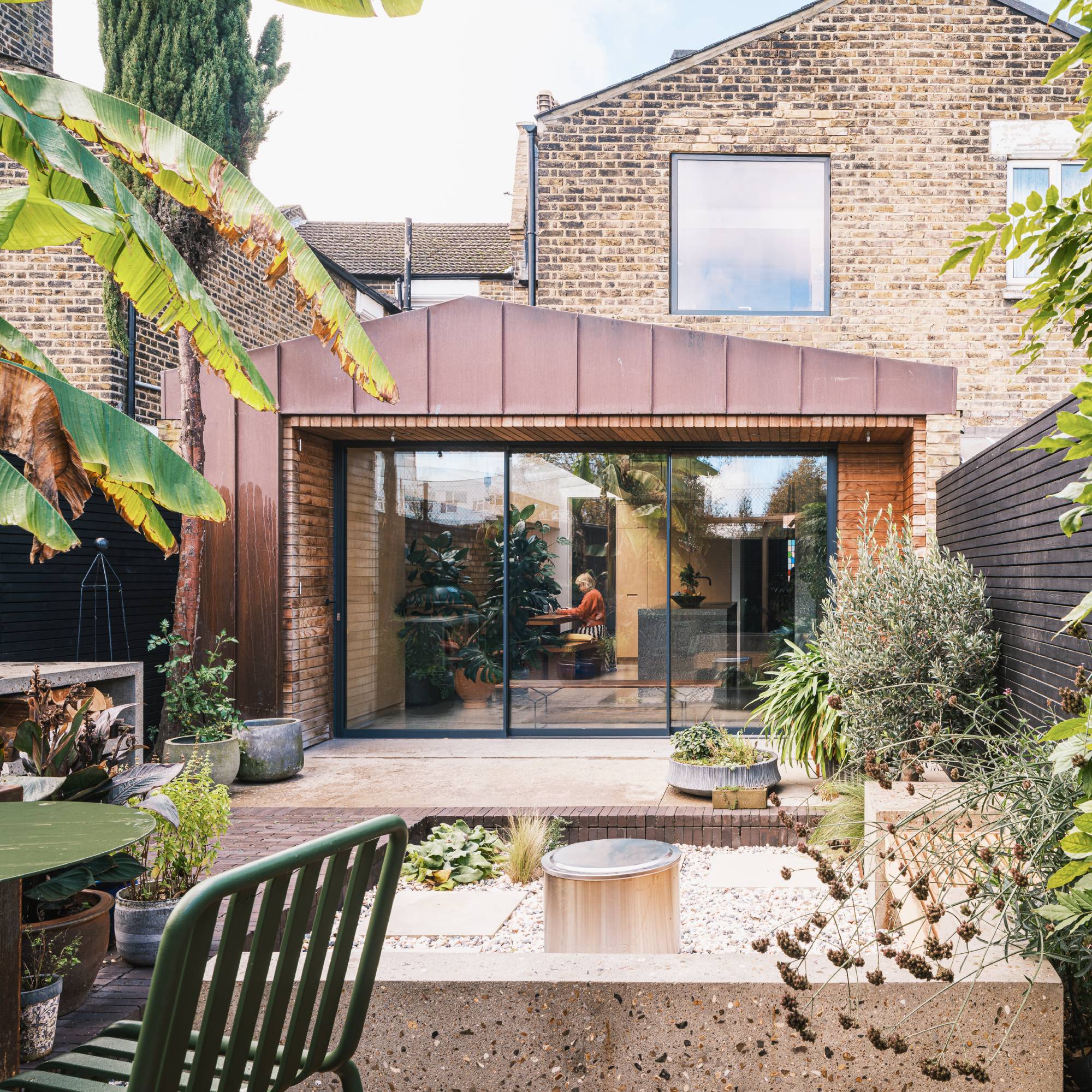
Copper cladding finishes the exterior of this design by Studio Webster Dale while horizontal cedar clads the sliding door reveal.
'Another thing to consider is how the boards are fixed to the structure behind it,' says Stuart Archer, founder of Archer + Braun Architects, speaking of timber cladding. 'This can be done with secret fixings or visible screws. It's important to get this right as if you don't consider it you can choose some lovely timber cladding and a builder can end up using any old screws, wherever they want and it could end up looking a bit of a mess!'
On site preparation — such as proper storage of material and disposal of old cladding — should be taken into account too. If you’re using tradespeople, make sure everyone is clear about who is responsible for each job before work commences.
Finally, you need to take a long-term view too. Ongoing maintenance costs can be frustrating if you’re not factored them in from the outset. Timber will need to be repainted or revarnished every few years, which will need materials and time.
You may be able to undertake this job yourself, but if it's outside of your capabilities, professional fees will need to be paid.
And so it's worth weighing up how the initial and ongoing costs will compare. For example, if you compare composite and timber cladding, composite cladding will require very little in terms of ongoing maintenance, while you may need to pay a pro every few years to keep your timber cladding looking its best.

Stuart founded his RIBA and RIAS chartered architecture practice alongside Sarah Braun. They have offices in London and Edinburgh and undertake projects across the UK.
What type of cladding offers the best value for money?
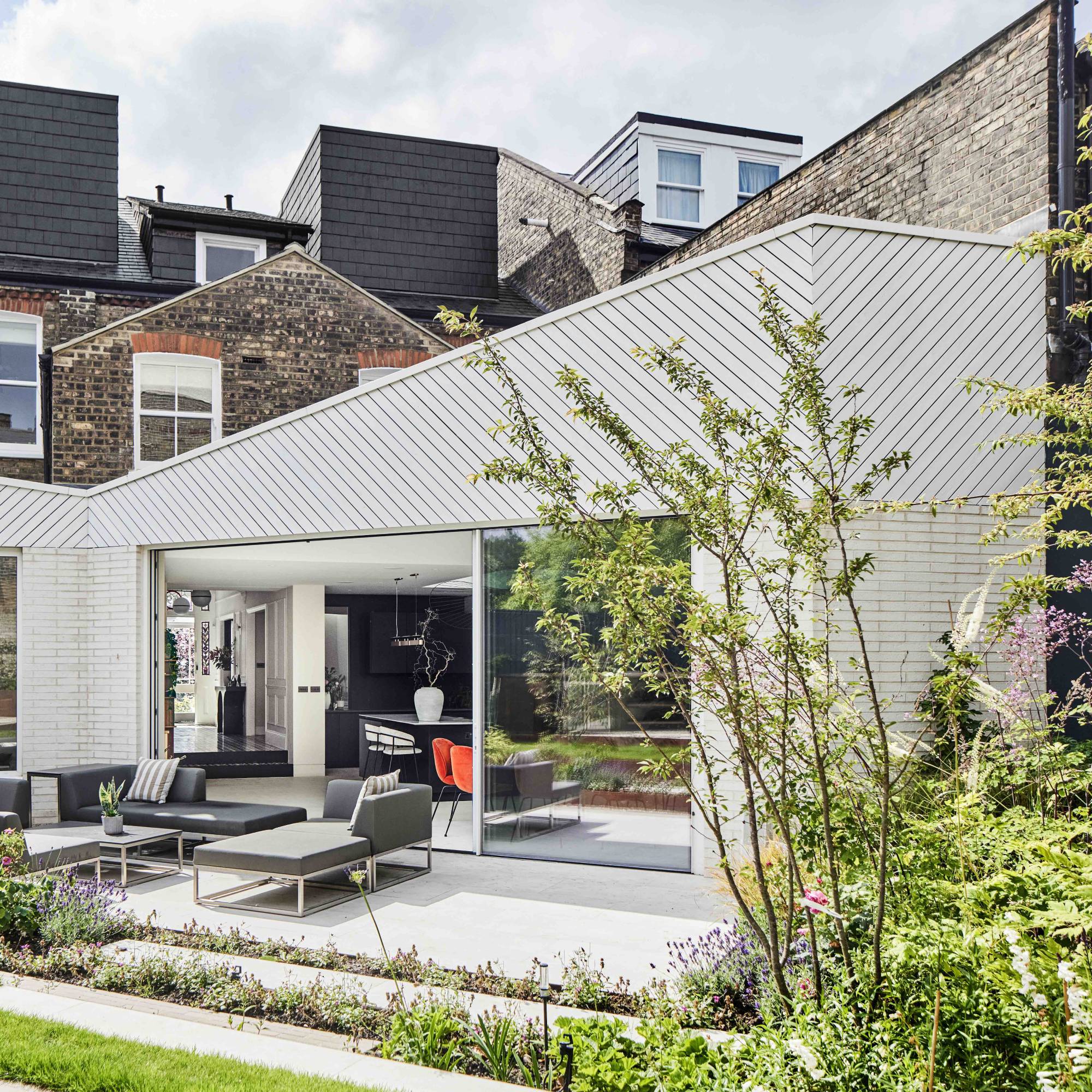
Humble brick and timber cladding have been treated in innovative ways to create something really special on this extension project by Halstead Architects.
The cladding that will give you the best value for money will depend on where you live, the climate you live in, the area to be clad and if you choose to professionally install it or go DIY.
In terms of maintenance and lifespan against material and installation costs, brick would be one of the best cladding options to give value for money. Stone and hardwood timber would also be high on the list due to their long life expectancy, but the latter’s maintenance costs means they would be approximately the same cost again over time.
'A copper clad building is more expensive than a brick or timber outer skin, but over the life of the building this is offset by the materials extreme durability and lack of maintenance and longevity,' argues Adrian James, director of Adrian James Architects. 'This means any additional capital cost at the start of the project will more than offset the fact there will be no further work needed on the cladding for as long as the building itself lasts.'
While cost will be a large concern, try not to let it be the only determining factor. Achieving the finish and kerb appeal you are looking for should also be valued.

Adrian has experience designing buildings in the UK, USA and in Europe and settled his RIBA-certified practice in Oxford.
FAQs
Is it cheaper to clad or render a house?
House render can cost anywhere between £50/m2 and £100/m2, depending on the type and quality of render, and particular finish/colour you choose.
That puts it cheaper than stone or zinc cladding, but more expensive than the other cladding materials on the list above, so it is not necessarily cheaper to render a house than to clad it.
It’s generally best if render is applied by a tradesperson or specialist and unless you opt for monocouche render (on the higher end of the price scale), and remember, the house will need to be repainted every few years to maintain a good finish.
If you do opt for cladding, then it's worthwhile also trying some of these other ways to add kerb appeal to your home to make it look its absolute best.
Amy is an experienced interiors and renovation journalist. She was Assistant Editor of Ideal Home's sister brand Homebuilding & Renovating for five years, before becoming an editor for Independent Advisor. Amy is also an experienced renovator herself. With her partner, she has renovated a mid-century property on a DIY basis, and is now taking on an 1800s cottage in Somerset.